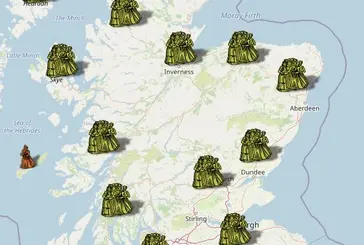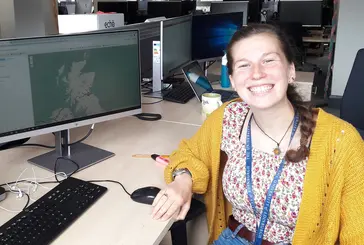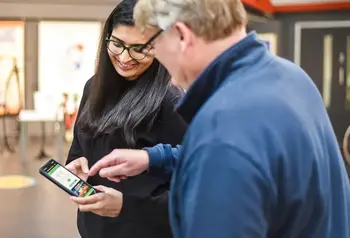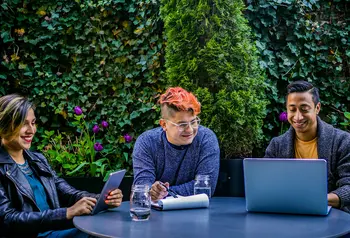Mapping Scotland's accused witches through Open Data
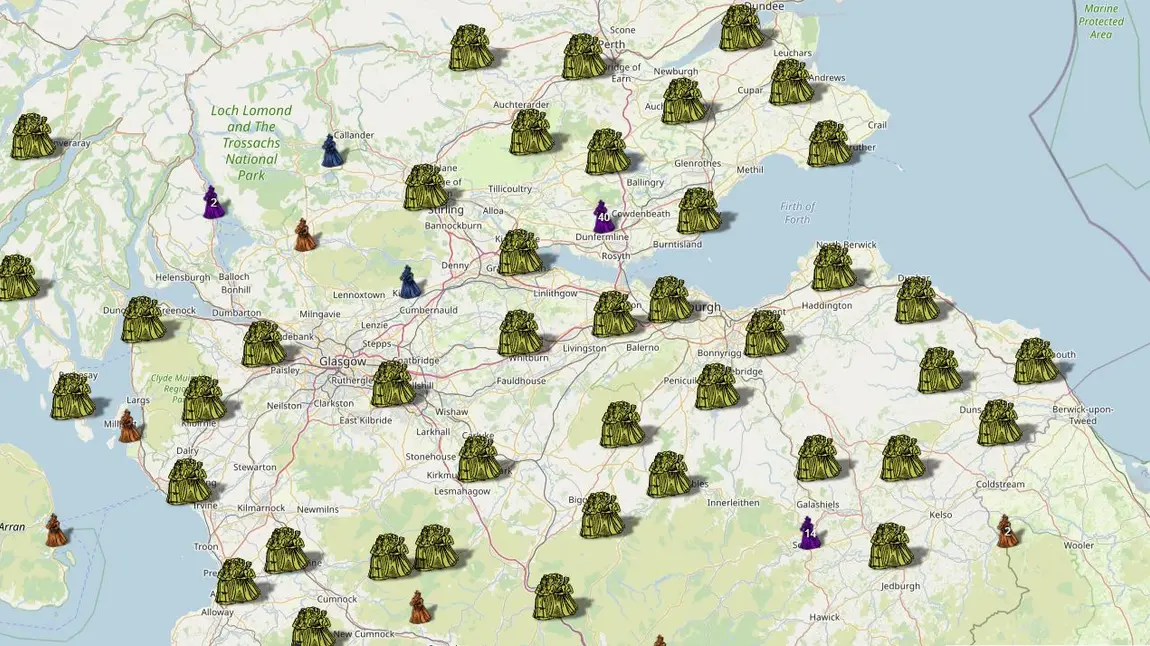
Melissa Terras is Professor of Digital Cultural Heritage at the University of Edinburgh‘s (UoE) College of Arts, Humanities, and Social Sciences (CAHSS).
“The project showed what can be done with busting open a previously locked database into Open Data.”
Melissa Terras
She shares her experience of seeing a project brought to life through the innovative use of Open Data.
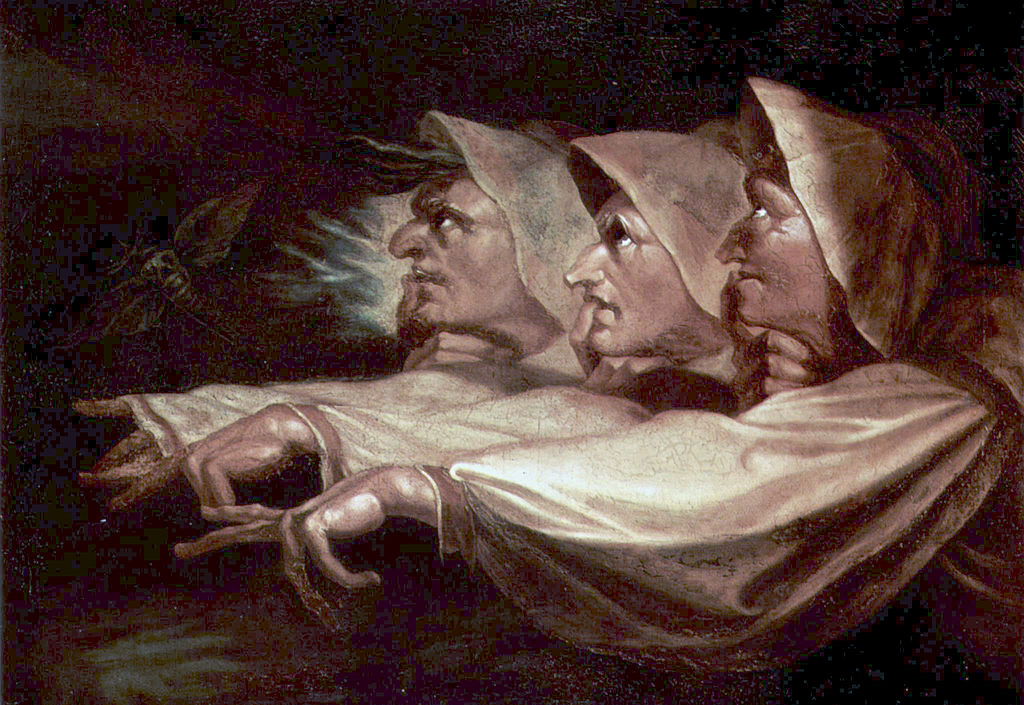
The Survey of Scottish Witchcraft
In 2003, UoE researchers brought together archive material into The Survey of Scottish Witchcraft (1563 - 1736) – a digital database that details nearly 4,000 people known to be accused of witchcraft.
Nearly 15 years later, an interdisciplinary team at UoE embarked on an inventive digital project that would make this rich dataset more accessible and engaging.
Melissa explains: “Our Wikimedian in Residence, Ewan McAndrew worked with Emma Caroll, a student on our paid internship scheme. They cross referenced the places of residence recorded in the survey with Ordnance Survey maps, place-name books, historical maps and gazetteers [map dictionaries]. Through this they established the modern-day location of 3,141 of the residencies.
“This new dataset was uploaded into Wikidata as Open Data and further enriched with the location of detentions, trials and places of death. Finally, in 2019, the complete dataset was visualised on a digital map of Scotland.”
Connecting to the past
“The digital map has supported a growing movement that is understanding and remembering what happened to these women.”
Melissa says the resulting online map has been a big success: “It has resonated across the world, with much traffic and coverage. It gave a real understanding of the numbers and geographical spread of the trials, which were shocking to many.”
The map highlights some of the tortures endured, including sleep deprivation and feet burning. It has helped build awareness around lives that are often misrepresented.
“Five times as many women were accused as men”, Melissa says. “The online map has fed into a growing movement that is understanding and remembering what happened to these women.”
Take look at the map this Halloween to discover some of their stories.
Making use of Open Data
Open Data is data shared under an open licence that gives permission for it to be freely used, shared and built-on with few or no restrictions.
Melissa is passionate about its use: “The project showed what can be done with busting open a previously locked database into Open Data, and how is can be transformed into something the public can use. There are a lot of high-quality data sets that are waiting to be made open.”
What advice did she have for others who wanted to run similar projects? “You don’t need to know everything about tech, but you do need institutional support”, she says.
“It’s about working with others. Speak to colleagues with the word Digital in their title. Discuss possibilities with people who look after datasets and other digital assets.
“There are a lot of high-quality data sets that are waiting to be made open.”
“Once your topic and approach have been identified, there are lots of technical tutorials that can help you learn the skills you need.”
Making time for digital
Melissa encourages heritage organisations to prioritise digital within their projects: “Digital and physical heritage regularly work hand in hand.
“And now, given that COVID-19 has restricted access to institutions and collections and people may be unable or unwilling to travel so often and regularly, digital is ever-more important.
“Organisations must find the best way to bring heritage to people. Finding out how digital can help – in the round – is crucial and timely.”
Image: CC-BY-SA by Emma Carroll via Wikimedia Commons
Digital Skills for Heritage
Digital Skills for Heritage is The National Lottery Heritage Fund’s ambitious initiative designed to raise digital skills and confidence across the whole UK heritage sector.

